Robot-assisted repair eases the letdown after misguided MitraClip referral
A 56-year-old man underwent echocardiography at an outside institution to investigate a heart murmur. It revealed mitral valve regurgitation with a flail posterior leaflet; the regurgitation was later confirmed to be severe. The patient was a healthcare provider who worked in an operating room setting.
Advertisement
Cleveland Clinic is a non-profit academic medical center. Advertising on our site helps support our mission. We do not endorse non-Cleveland Clinic products or services. Policy
He was referred to Cleveland Clinic for transcathether mitral valve repair with the MitraClip® procedure despite having no comorbidities and being active and in good health apart from the mitral regurgitation. Since MitraClip is indicated solely for patients at prohibitive risk from surgery, the Cleveland Clinic interventional cardiology team advised him that MitraClip was not an appropriate option.
The patient had hoped to avoid open surgery, but workup showed that he was a candidate for robotically assisted mitral valve repair. He was heartened by the prospect of this less-invasive option, although his cardiothoracic surgeon, Stephanie Mick, MD, cautioned that conversion to an open repair is always a possibility if unexpected issues are encountered in the operating room.
In this three-and-a-half-minute captioned video, Dr. Mick walks through key steps in this patient’s robotically assisted repair procedure, including a handful of small innovative techniques that she highlights throughout.
Advertisement
Advertisement
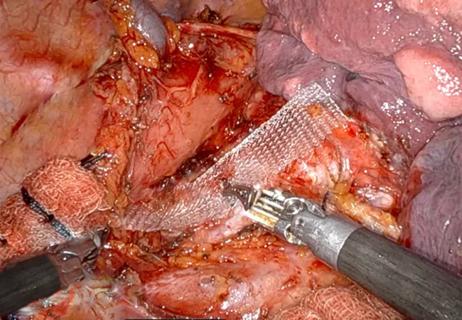
Excessive dynamic airway collapse presenting as dyspnea and exercise intolerance in a 67-year-old
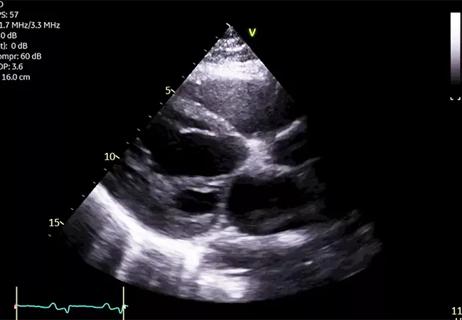
Young man saved multiple times by rapid collaborative response
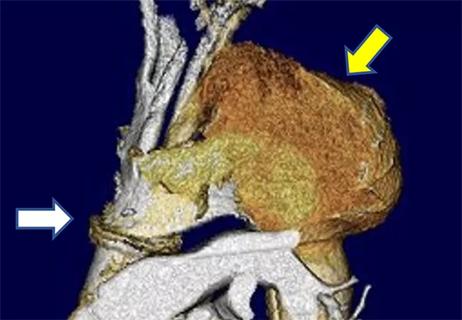
Necessity breeds innovation when patient doesn’t qualify for standard treatment or trials

After optimized medical and device therapy, is there a role for endocardial-epicardial VT ablation?

Fever and aortic root bleeding two decades post-Ross procedure
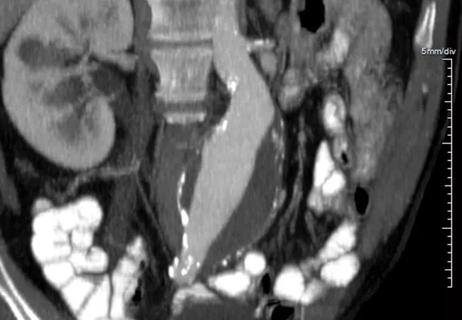
How to time the interventions, and how to manage anesthesia risks?

A potentially definitive repair in a young woman with multiple prior surgeries
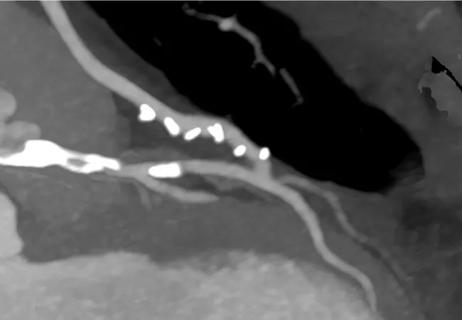
Matching the minimally invasive CABG alternative to the right candidates